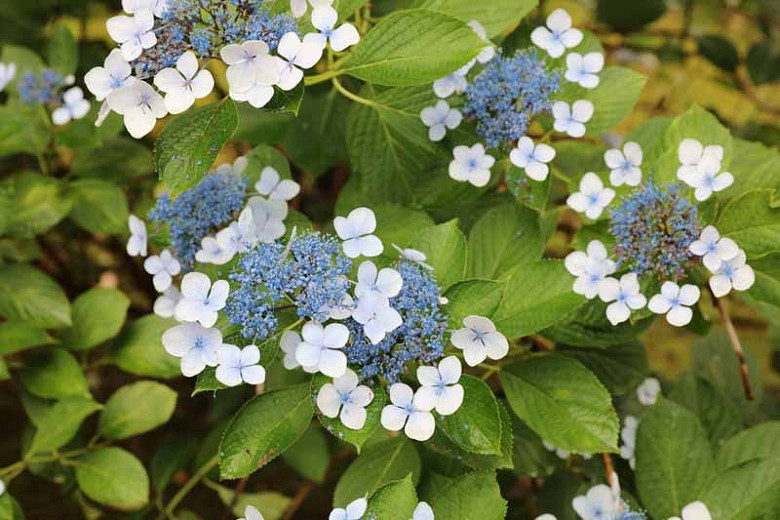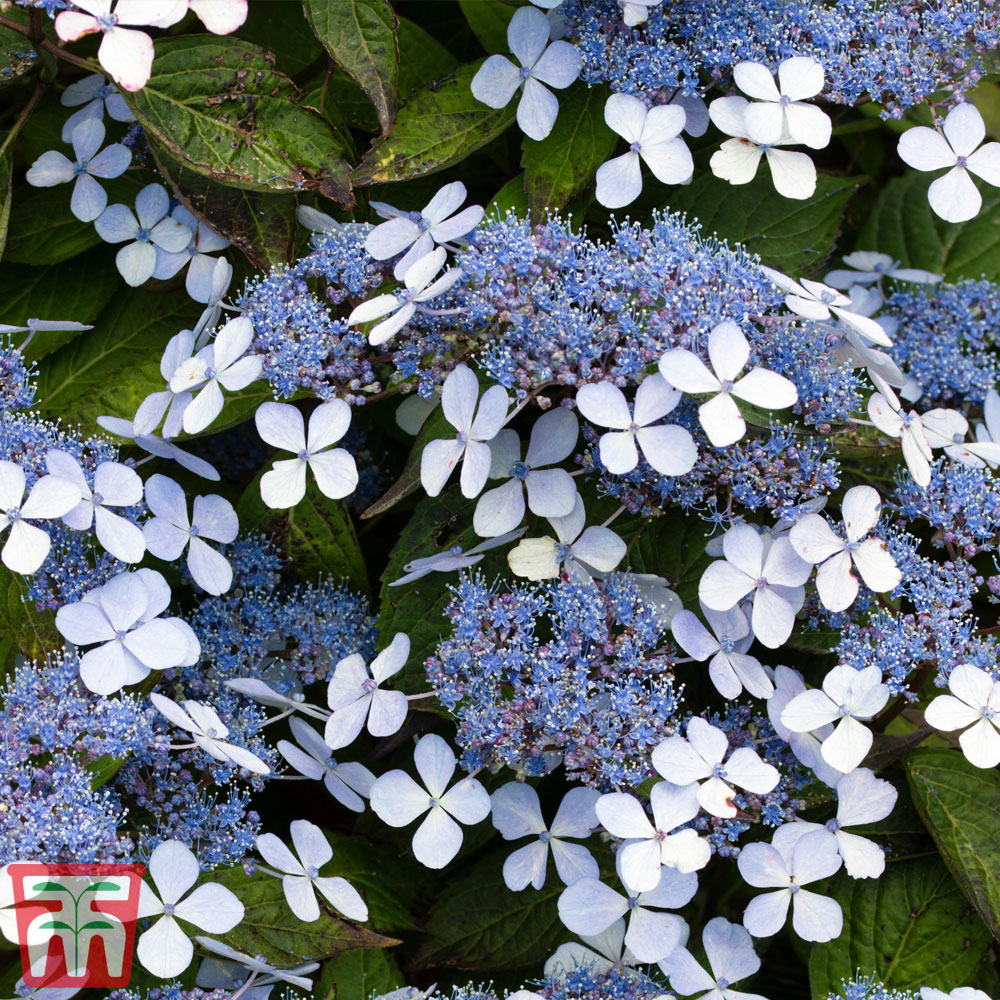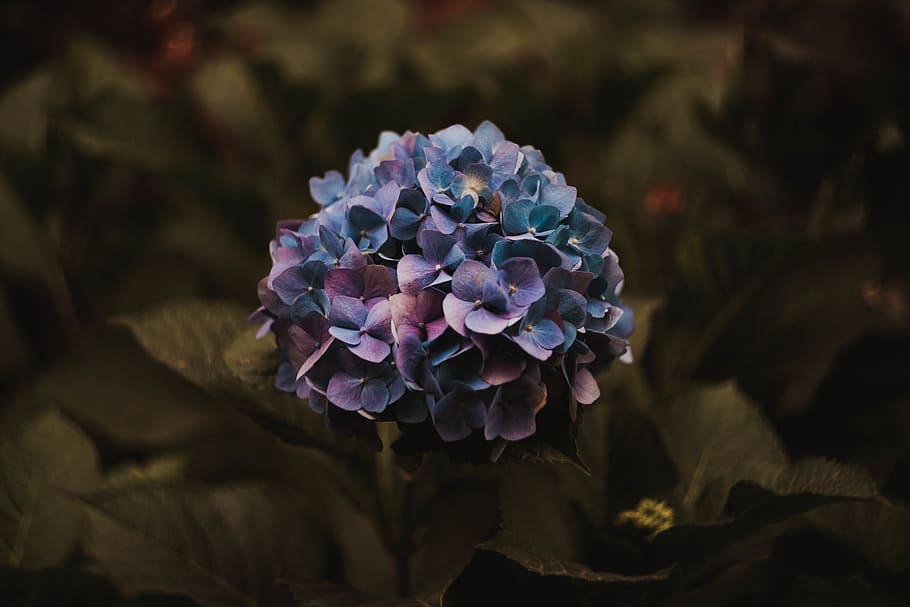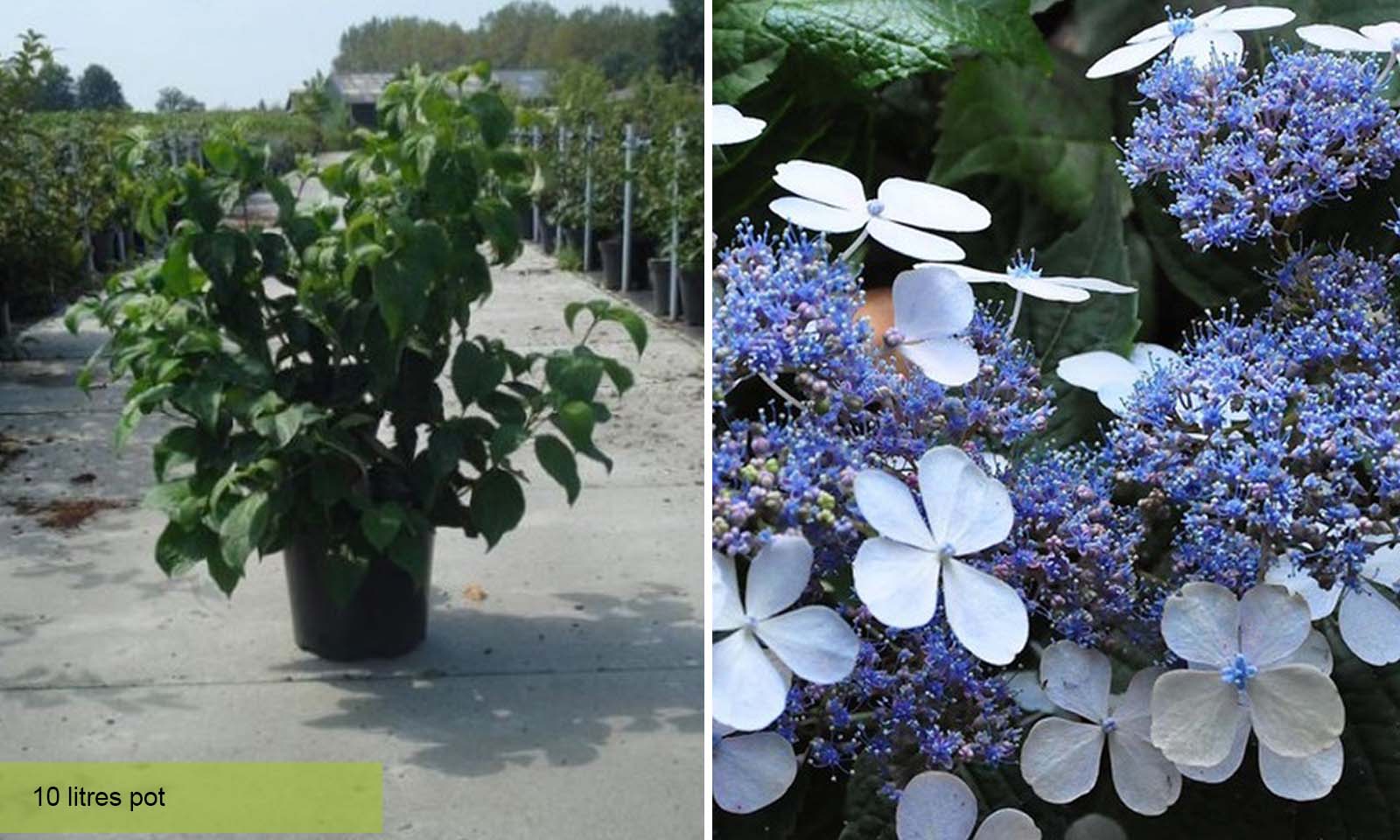How To Grow Hydrangea Bluebirds For A Touch Of Magic
Introduction
Hydrangea bluebirds are a magical sight to behold. These beautiful flowers start out as a soft pink, but as they mature, they turn a deep blue. The color change is caused by the acidity of the soil. In alkaline soil, hydrangea bluebirds will stay pink. But in acidic soil, they will turn blue.
If you're looking for a way to add a touch of magic to your garden, then growing hydrangea bluebirds is a great option. These flowers are relatively easy to care for, and they will reward you with their stunning beauty for years to come.
Main Content
Choosing the Right Location
The first step to growing hydrangea bluebirds is to choose the right location. These flowers need full sun to partial shade, and they prefer well-drained soil. If your soil is alkaline, you can add peat moss or sulfur to acidify it.
Planting Hydrangea Bluebirds
Once you've chosen the right location, it's time to plant your hydrangea bluebirds. Dig a hole that is twice as wide as the root ball, and fill it with a mixture of potting soil and peat moss. Place the plant in the hole, and backfill with soil. Water the plant well, and mulch around the base to help retain moisture.
Caring for Hydrangea Bluebirds
Hydrangea bluebirds are relatively easy to care for. Water them regularly, especially during the summer months. Fertilize them once a year in the spring with a balanced fertilizer.
To keep your hydrangea bluebirds blue, you'll need to acidify the soil. You can do this by adding peat moss or sulfur to the soil. You can also add aluminum sulfate, but this can be harmful to other plants in your garden.
Harvesting Hydrangea Bluebirds
Hydrangea bluebirds can be harvested when they are in full bloom. To harvest, simply cut the stems at the base of the plant. The flowers can be used fresh or dried.
Conclusion
Growing hydrangea bluebirds is a great way to add a touch of magic to your garden. These flowers are relatively easy to care for, and they will reward you with their stunning beauty for years to come.
Hydrangea Bluebird is a beautiful and versatile shrub that can add a touch of elegance to any garden. It is known for its delicate lacecap flowers, which can be blue, pink, or white depending on the soil pH. Hydrangea Bluebird is also relatively easy to care for, making it a great choice for even novice gardeners.
If you are interested in learning more about Hydrangea Bluebird, I recommend visiting . This website has a wealth of information about the plant, including its history, care requirements, and propagation methods. You can also find photos and videos of Hydrangea Bluebird in bloom, as well as tips on how to choose the right plant for your garden.
I hope this information is helpful. If you have any further questions, please do not hesitate to contact me.
FAQ of hydrangea bluebird
Q: What is hydrangea bluebird?
A: Hydrangea bluebird is a type of hydrangea that is known for its beautiful blue flowers. It is a deciduous shrub that can grow up to 6 feet tall. Hydrangea bluebird is native to Japan and Korea.
Q: When does hydrangea bluebird bloom?
A: Hydrangea bluebird blooms in the summer, from June to August. The flowers are typically blue, but they can also be pink or white.
Q: How do I care for hydrangea bluebird?
A: Hydrangea bluebird is a relatively easy plant to care for. It prefers full sun to partial shade and moist, well-drained soil. It is also important to fertilize hydrangea bluebird regularly.
Q: What are some common pests and diseases of hydrangea bluebird?
A: The most common pests of hydrangea bluebird are aphids, spider mites, and scale insects. The most common diseases of hydrangea bluebird are leaf spot and powdery mildew.
Q: How do I propagate hydrangea bluebird?
A: Hydrangea bluebird can be propagated by cuttings or division. Cuttings should be taken in the spring or summer, and division should be done in the fall.
Image of hydrangea bluebird
5 different images of "hydrangea bluebird" from Pinterest.com:
This image shows a pair of bluebirds perched on a hydrangea bush. The hydrangea is in full bloom, with its large, colorful flowers. The bluebirds are beautiful, with their bright blue feathers and yellow bellies.
This image shows a hydrangea bush with a bluebird nest in it. The nest is made of twigs and grass, and it is lined with soft materials. There are two bluebird eggs in the nest.
This image shows a bluebird flying past a hydrangea bush. The hydrangea is in full bloom, and its flowers are a beautiful shade of blue. The bluebird is flying close to the flowers, and its feathers are a brilliant blue.
This image shows a bluebird backlit by the sun. The hydrangea bush is in the background, and its flowers are a beautiful shade of blue. The bluebird is silhouetted against the sun, and its feathers are a brilliant blue.
This image shows a bluebird in a forest. The hydrangea bush is in the foreground, and its flowers are a beautiful shade of blue. The bluebird is perched on a branch, and its feathers are a brilliant blue.





Post a Comment for "How To Grow Hydrangea Bluebirds For A Touch Of Magic"